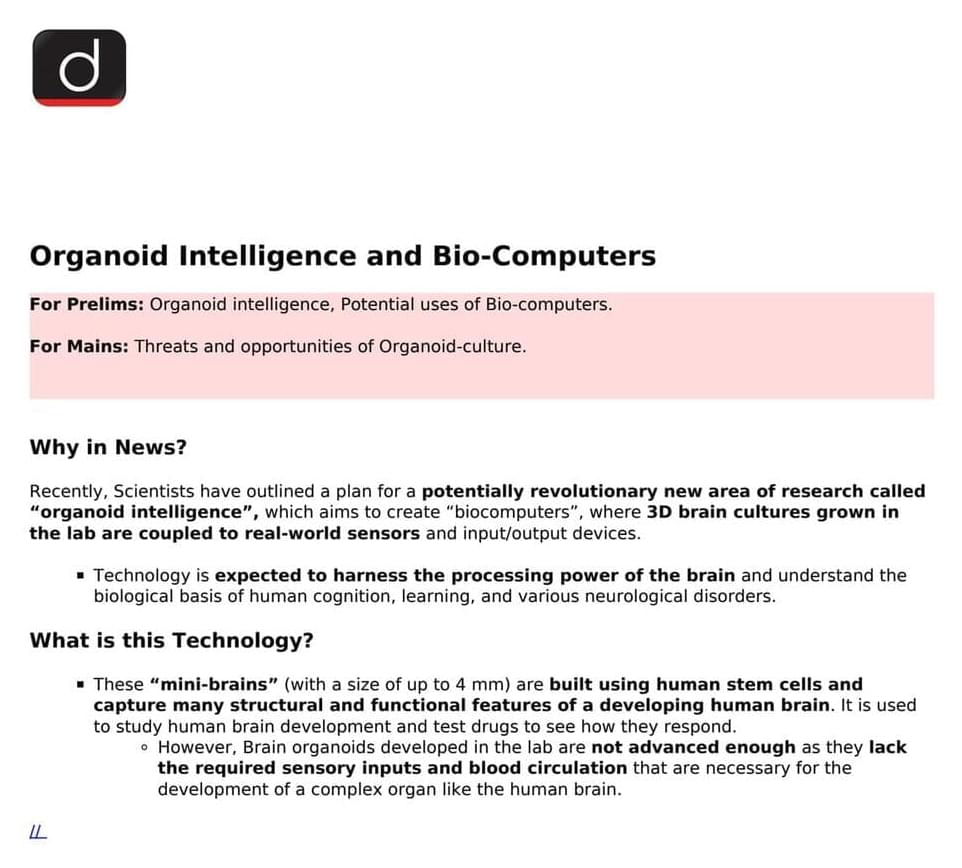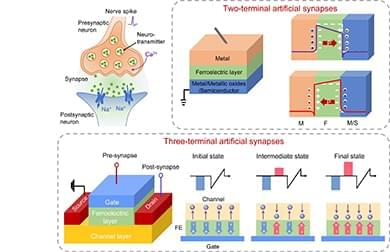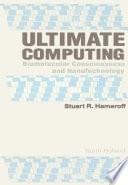Jan 20, 2024
Aliens Use Black Holes as Quantum Computers?
Posted by Dan Breeden in categories: alien life, computing, quantum physics
In a recent study, a team of researchers at Max Planck Institute for Physics proposed that advanced extraterrestrial civilizations may be using black holes as quantum computers. No matter how advanced a civilization may be, we are all bound by the laws of quantum physics and gravity. So, if aliens are indeed out there, they could be using the geometry of spacetime around a black hole which behaves like a quantum computer. And, as if that weren’t enough, quantum computing is also immune to decryption, making it the perfect tool for secure communication. Roger Penrose, famously proposed that it is possible to extract limitless energy from a black hole by tapping into its Ergosphere. This is a region just outside the event horizon, where matter falling into the black hole forms a disk that spins at nearly the speed of light and emits massive amounts of radiation. Several researchers now suggest that this may be the ultimate power source for advanced civilizations. Subscribe to Science Time: https://www.youtube.com/sciencetime24 #science #shorts #space
















